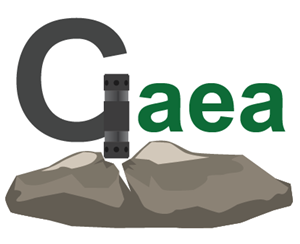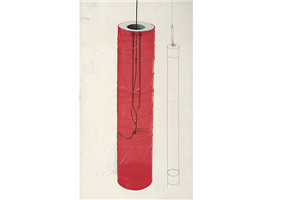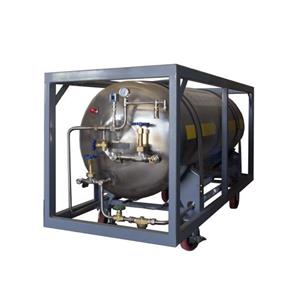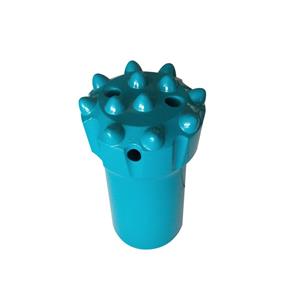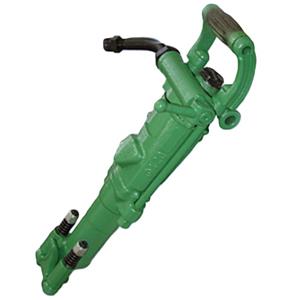Choosing the number and type of drill booms for a rock drilling rig the right way
Determining the number of drill booms and selecting their types for a rock drilling rig must consider multiple factors, including construction conditions, equipment performance, operational efficiency, and on‑site compatibility. The decision can be organized into two main dimensions, with the following key considerations.
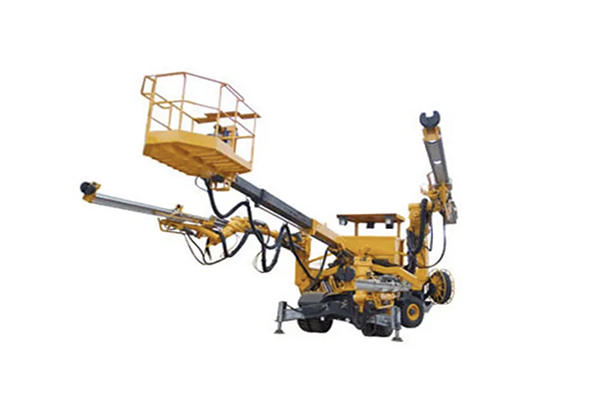
I. Core factors for determining drill boom quantity
Excavation cross‑section characteristics: Cross‑sectional area is the basic metric. For large tunnel sections of 50–150 m², drillhole quantities are typically calculated at 1–2 holes per square meter; larger sections generally require more booms to distribute the workload. Cross‑section shape (e.g., circular, rectangular) affects hole distribution; complex profiles may require additional booms to meet drilling needs in different zones.
Advance cycle and schedule requirements: The time allocated for drilling in the tunneling advance cycle directly constrains the number of booms. When monthly advance exceeds 100 m, drilling time is often limited to 4–8 hours; if time is tight, more booms are needed to reduce operation duration. The tighter the overall schedule, the more important it is to provision an appropriate number of booms to ensure progress and prevent drilling from becoming a bottleneck.
Driller/rig productivity: Different rig types have markedly different efficiencies. Heavy pneumatic rigs achieve effective penetration of about 0.5 m/min on hard rock, while hydraulic rigs can reach about 0.8 m/min. Actual working penetration is typically only 60–70% of the theoretical drilling speed and is also affected by operator skill. Lower productivity increases the number of booms required to achieve the same drilling volume. Also consider the working area capacity per rig: heavy pneumatic rigs commonly cover 15–20 m² of face, while hydraulic rigs cover 20–30 m²; these figures enable quick estimation of required boom counts.
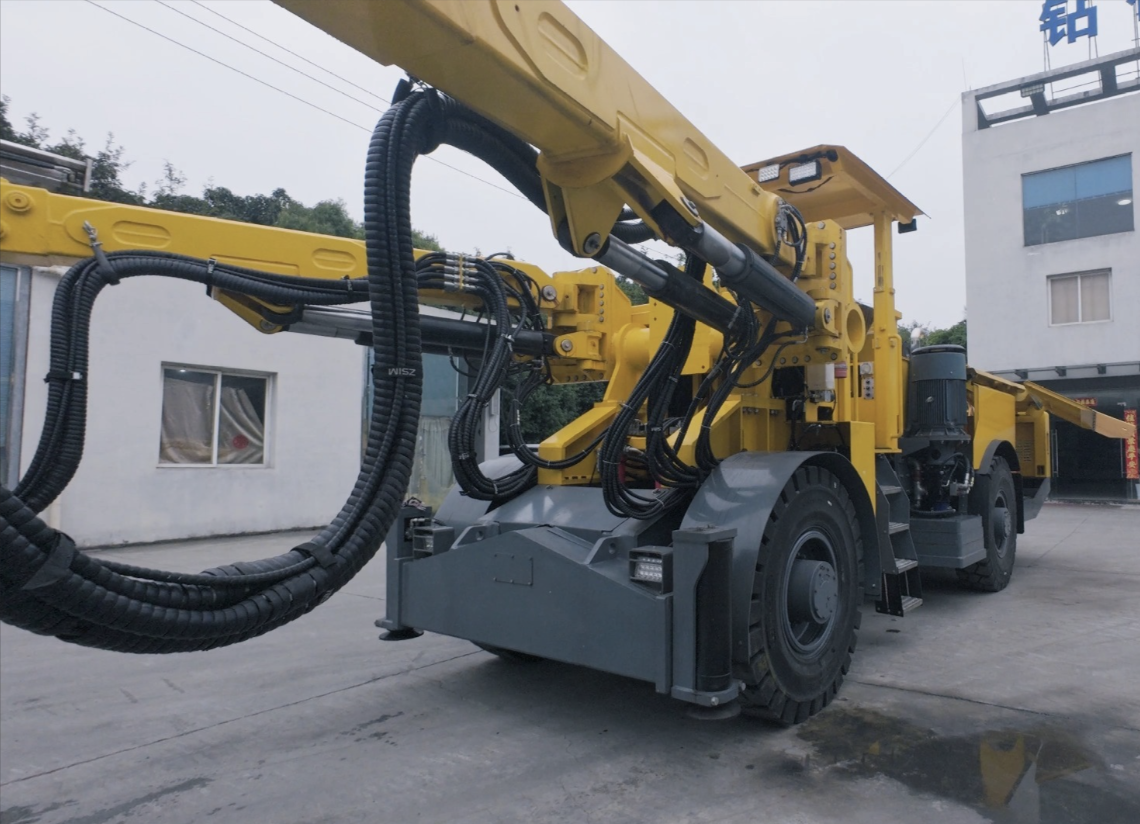
II. Core factors for selecting drill boom types
Equipment compatibility and working range: Large drilling rigs should be paired with heavy hydraulic booms to match the support and operational needs of heavy rail‑guided drifters. For large tunnel sections, telescopic booms offer advantages: extended reach covers a larger cross section during operation, while retracted length shortens the rig for transport, improves center‑of‑gravity management, and enhances mobility and site adaptability. For small or fixed‑range sections, fixed‑length booms are usually sufficient.
Drilling accuracy requirements: If perimeter holes are needed to control excavation profile, choose booms with rotatable/pivoting guide rails so the drifter can work close to the section boundary and precisely control the excavation outline. For internal benching or auxiliary holes where edge accuracy is less critical, non‑pivoting guide booms are acceptable and reduce equipment costs.
Brand and working‑condition suitability: Major manufacturers such as Atlas Copco and Tamrock offer standard rig models with mature boom configurations; use these model compatibility standards to ensure equipment interoperability and simplify maintenance. Also match boom type to ground conditions: in very hard rock, hydraulic booms typically offer better durability and efficiency, reducing equipment wear and downtime.
By evaluating these factors together—excavation geometry, schedule, rig productivity, boom reach, accuracy needs, and equipment compatibility—you can determine the appropriate number of booms and select the boom type that best fits the project.
